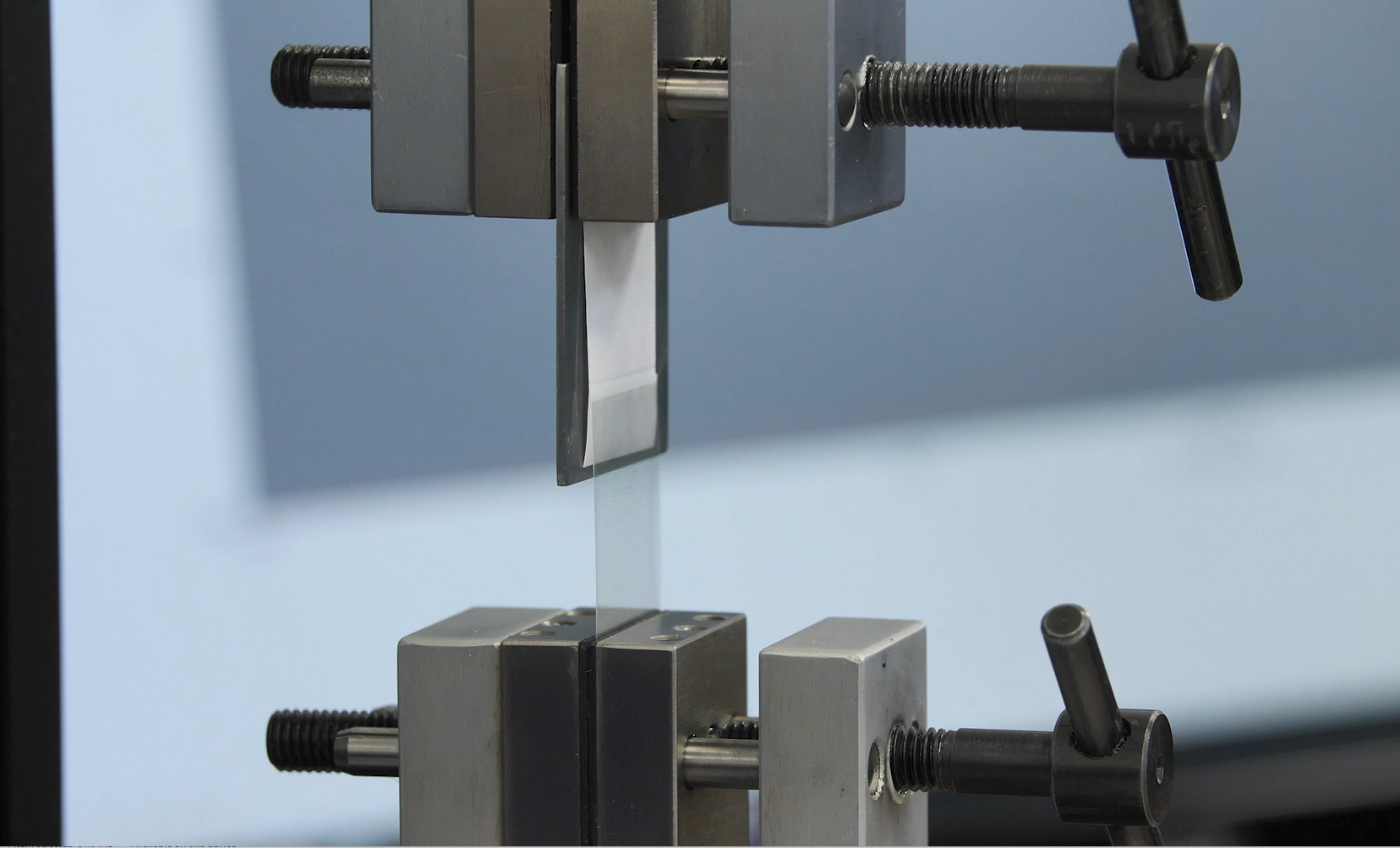Over the past couple of years, supply chain issues have been a common concern for everyone in the medical device and packaging industry. Companies have had to find ways to pivot or make do with the supply they have, and all of this has companies thinking. Some of the questions I’ve been hearing from colleagues in the industry are: How can we be better prepared should the industry experience supply chain issues in the future? Are medical device manufacturers’ (MDMs) specifications too restrictive? Do tradenames need to be listed in specifications? Why can’t the focus be on what really matters to us—performance characteristics?
In some MDM product specifications, right now, a supplier’s tradename is listed, specifying exactly what coating will be used. By switching to a data driven approach, a coating’s tradename would be omitted from the specification and instead, a list of criteria with a minimum requirement range for given performance characteristics would be provided.
The thought is to use this type of approach to give MDMs flexibility to use any company’s coating if it were to meet all the specifications. Much more work needs to be put into this, but perhaps as examples, characteristics such as shock performance, and how coatings perform at various temperatures would be a better indicator of surviving sterilization and transportation hazards. Measuring seal strength at ambient conditions is a widely used test metric, but it does not tell the whole story. The recent supply chain crisis has highlighted an opportunity for the industry to develop test methods that are more meaningful and potentially create specifications that are less restrictive.
With a shift in approach of this magnitude, there are of course those who will feel averse to an idea like this. In my opinion, there is likely a happy medium. We may not get to the point of using material performance characteristics in place of the qualification approaches used today but creating a minimum requirement range may allow companies to streamline their testing for efficiency. Learning more about the material performance characteristics will also add in risk assessments which is an ancillary benefit. No matter what side you sit on, it’s an exciting time to be in the industry. Great challenges often encourage the greatest solutions. I’m looking forward to seeing the conversation turn to action, and what solutions we can create together.

.png)


